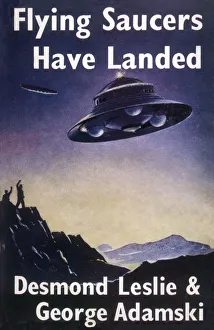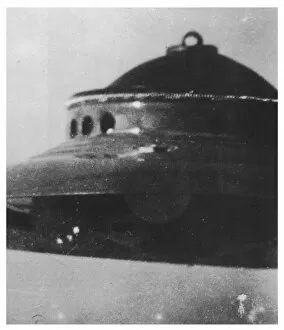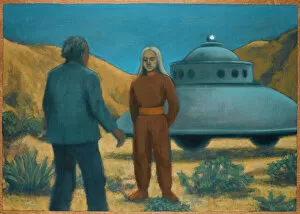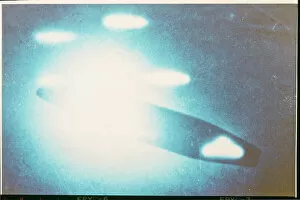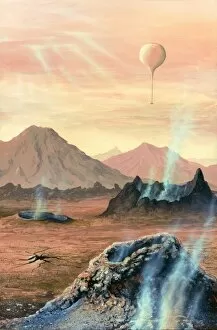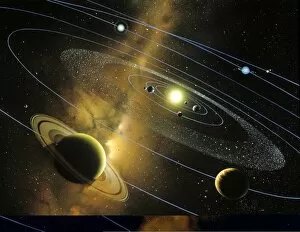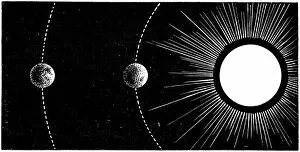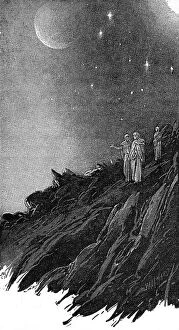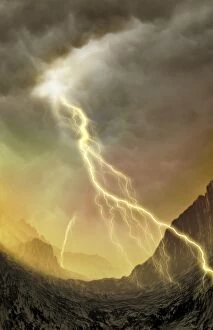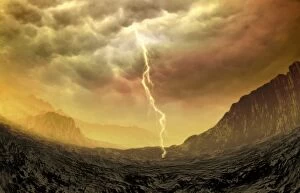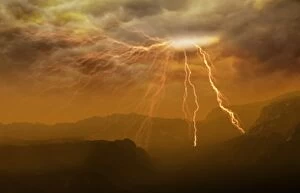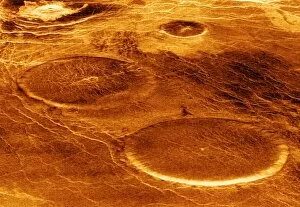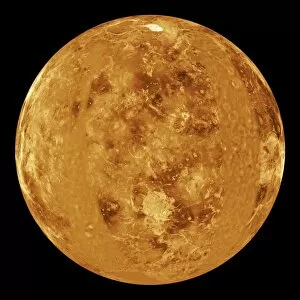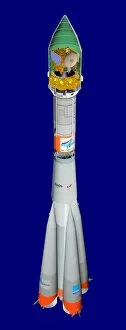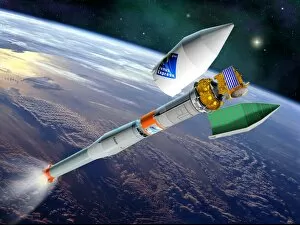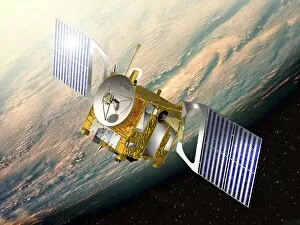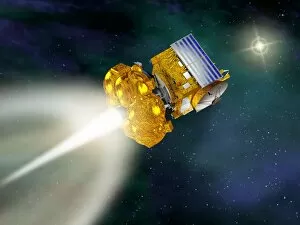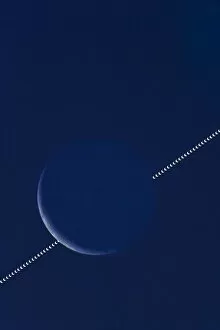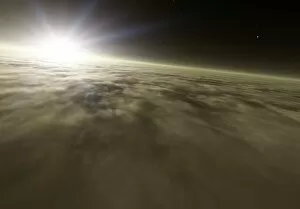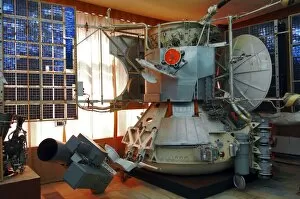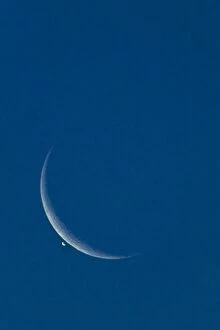Venusian Collection
"Exploring the Mysteries of Venus: Unveiling the Enigmatic 'Venusian' Realm" Flying Saucers Have Landed
All Professionally Made to Order for Quick Shipping
"Exploring the Mysteries of Venus: Unveiling the Enigmatic 'Venusian' Realm" Flying Saucers Have Landed, book cover: Delving into the realms of extraterrestrial encounters, this captivating book cover hints at a world beyond our own. Venus radar map, North Pole: Peering through the cosmic lens, scientists uncover mesmerizing secrets hidden within Venus's enigmatic terrain. UFOs/Adamski: George Adamski's encounters with unidentified flying objects ignite curiosity and fascination about otherworldly visitors. Adamski and Painting: A visionary artist captures his ethereal experiences on canvas, bridging the gap between imagination and reality. Pluto and Charon: As we explore distant celestial bodies like Pluto and its moon Charon, we ponder if they too hold clues to interplanetary communication. Letters from the Planets: Intriguing correspondence from far-off worlds sparks wonderment as we contemplate life beyond Earth's boundaries. Surface of Venus and probe artwork: Through artistic interpretation, we catch a glimpse of what lies beneath Venus's shrouded surface – an invitation to unravel its mysteries.

